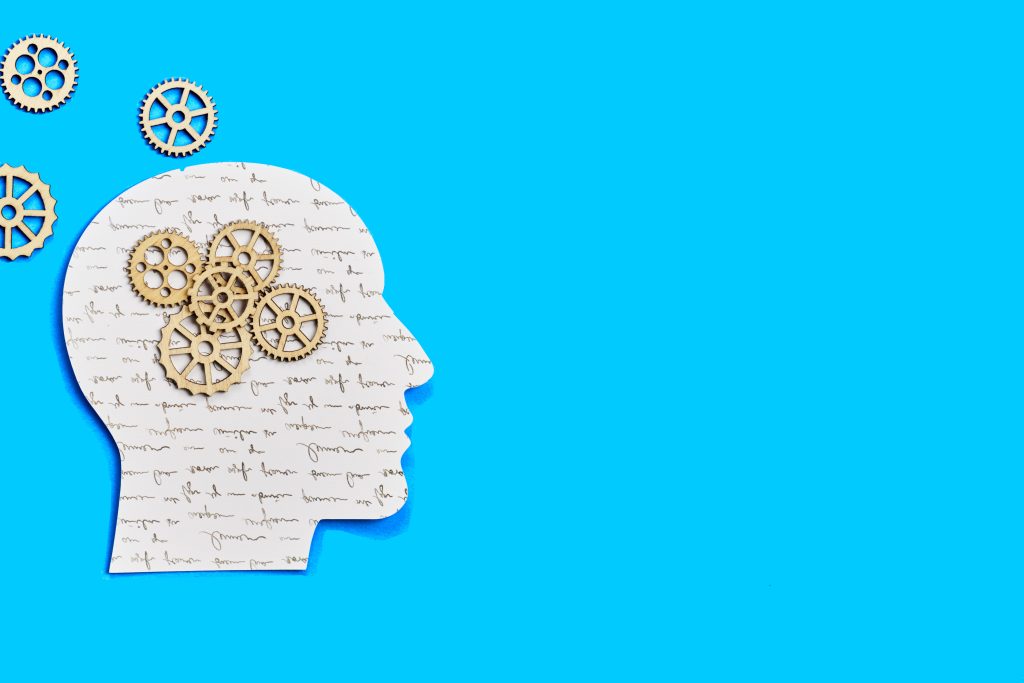
Understanding Cognitive Bias and Negativity Bias
What is a Cognitive Bias?
A cognitive bias is a systematic error in thinking that affects the decisions and judgments we make. These biases are like mental shortcuts (called heuristics) our brains use to make sense of the world quickly—but they can lead us to distort reality or make poor choices without realizing it. They’re not a sign of stupidity—they’re a sign of being human.
Example – Confirmation Bias:
Let’s say you believe that people with tattoos are more rebellious. Every time you see someone with tattoos acting wild, you think, “See? I knew it.” But when someone with tattoos is calm and respectful, you barely notice—or you make excuses. That’s confirmation bias: you’re subconsciously favoring information that supports what you already believe and ignoring or discounting what contradicts it.
Negativity Bias: What It Is and Where It Comes From
Negativity bias is the brain’s built-in tendency to notice, focus on, and remember negative experiences more than positive ones.
From an anthropological and evolutionary perspective, this bias was a survival mechanism. Early humans who were quick to spot threats—like a rustle in the bushes that might mean a predator—had a better chance of surviving and passing on their genes.
In a world of saber-toothed tigers, poisonous berries, and unpredictable tribes, being alert to danger meant staying alive. Missing a positive cue (like a friendly face) wasn’t fatal. But missing a negative one (like an angry rival or venomous snake) could be.
So over tens of thousands of years, our ancestors’ brains evolved to prioritize bad news over good, and that instinct still runs the show today—even though the “threats” we now face are more likely to be a rude email, a breakup, or a harsh word.
In Recovery Terms
This bias is why a single relapse can feel like total failure…
Why praise rolls off us, but one insult lingers for days…
Why we remember every mistake we made in addiction, but forget the acts of courage it took to get sober.
Understanding negativity bias doesn’t erase the pain, but it does give us a fighting chance to meet it with awareness, self-compassion, and rebalancing.
Common Cognitive Biases in Recovery
1. Confirmation Bias
“I knew I couldn’t trust people like that.”
We tend to search for, interpret, and remember information that confirms our existing beliefs. In recovery, this can keep old stories alive (“I’ll always be broken”) even when reality says otherwise.
2. Negativity Bias
“One bad thing ruins everything.”
The brain is wired to spot threats, so we remember negative experiences more vividly than positive ones. This can drown out progress and hope, especially in early recovery when self-worth is fragile.
3. Avoidance Bias
“I’ll just deal with that later.”
Painful truths get pushed aside. The brain associates discomfort with danger and leans toward temporary relief. But in recovery, avoidance feeds denial—and denial feeds relapse.
4. Fundamental Attribution Error
“I messed up because I’m a screw-up. They messed up because they’re careless.”
We judge ourselves on context but others on character. This keeps resentment alive and blocks compassion—both for others and ourselves.
5. Story Bias (Narrative Fallacy)
“Everything had to happen this way.”
We try to make sense of life by telling ourselves neat, tidy stories—even if they’re false. The truth is, life is messy. Meaning comes from what we do next, not just the story we tell about the past.
6. Just-World Hypothesis
“I did the right thing—why am I still suffering?”
The belief that the world is fair can backfire when good choices don’t bring instant rewards. This bias can lead to bitterness or entitlement if we expect fairness from an unfair world.
7. Self-Serving Bias
“That success? I earned it. That failure? Not my fault.”
We take credit for the good and blame others or circumstances for the bad. In recovery, this blocks accountability—and growth.
8. Catastrophizing
“This mistake means I’m doomed.”
One setback becomes the end of the road. This bias fuels panic, shame, and impulsive behavior—especially under stress or in moments of grief, conflict, or craving.
9. Hindsight Bias
“I should’ve seen this coming.”
After something happens, it feels obvious in retrospect—even if it wasn’t. This bias leads to unnecessary shame and keeps us stuck in self-blame rather than learning.
10. Illusion of Transparency
“They can tell how messed up I am.”
We overestimate how much others can perceive our inner state. In reality, most people are caught up in their own worries. This bias can fuel social anxiety and isolation.
Recovery Note
Recognizing our biases doesn’t mean we’re broken. It means we’re learning to pause, question the automatic story, and make space for truth.





